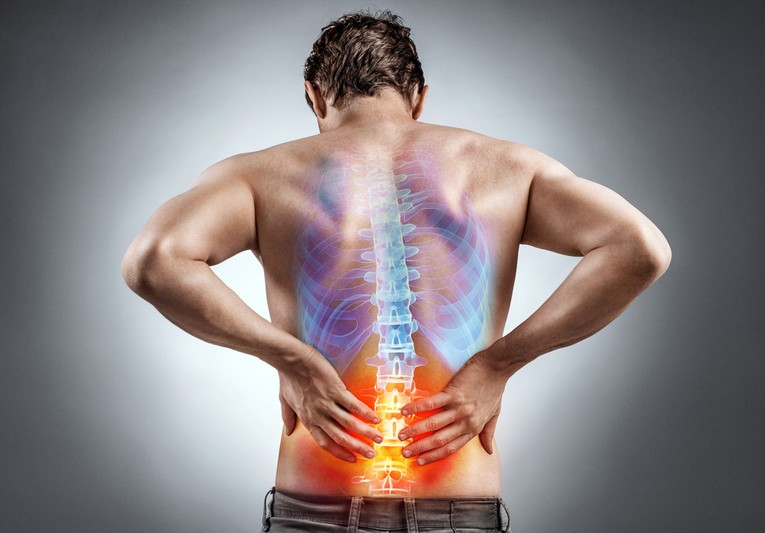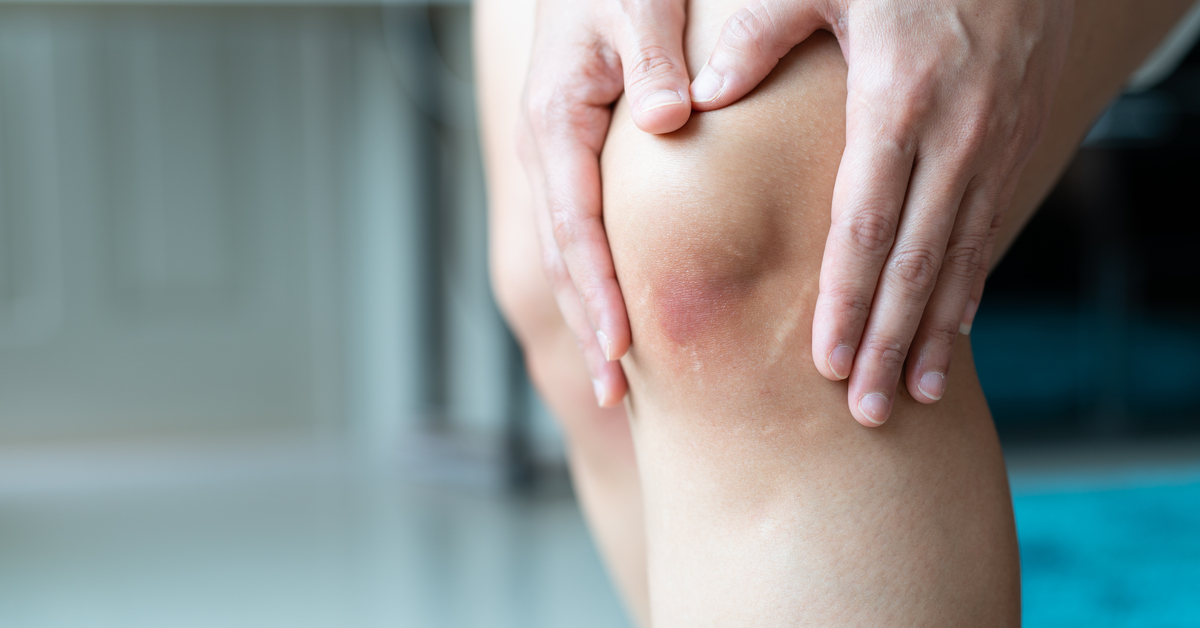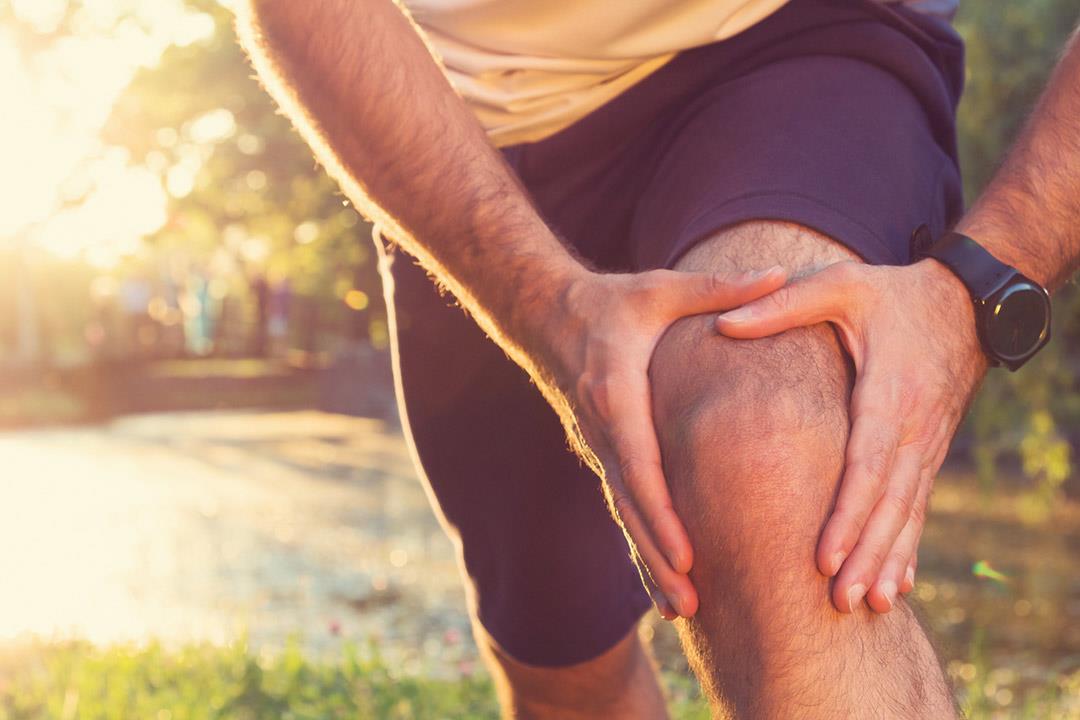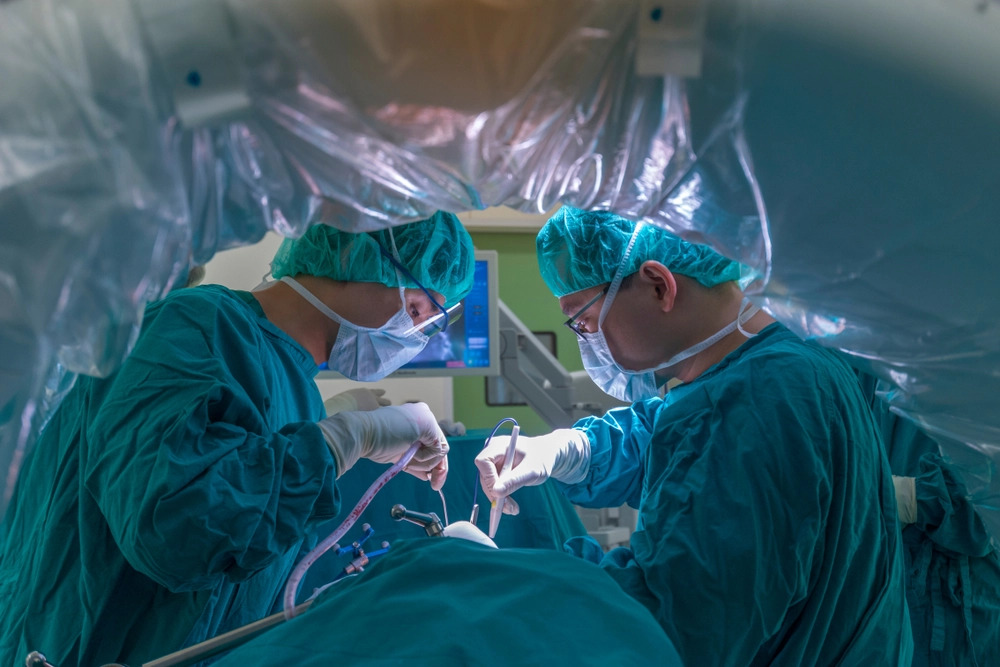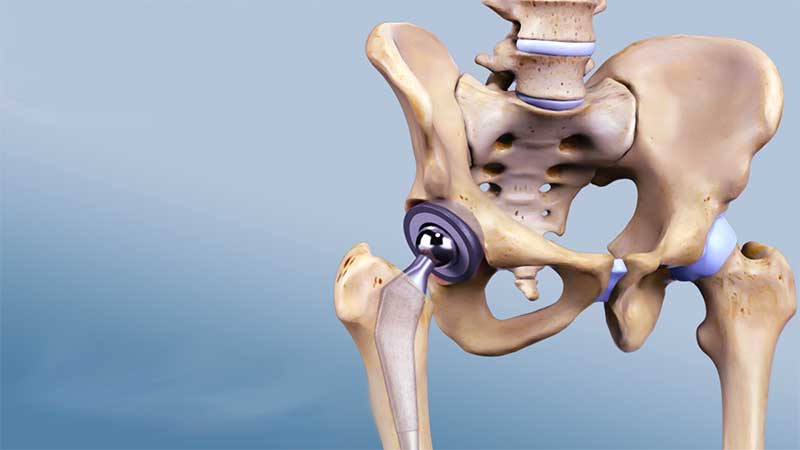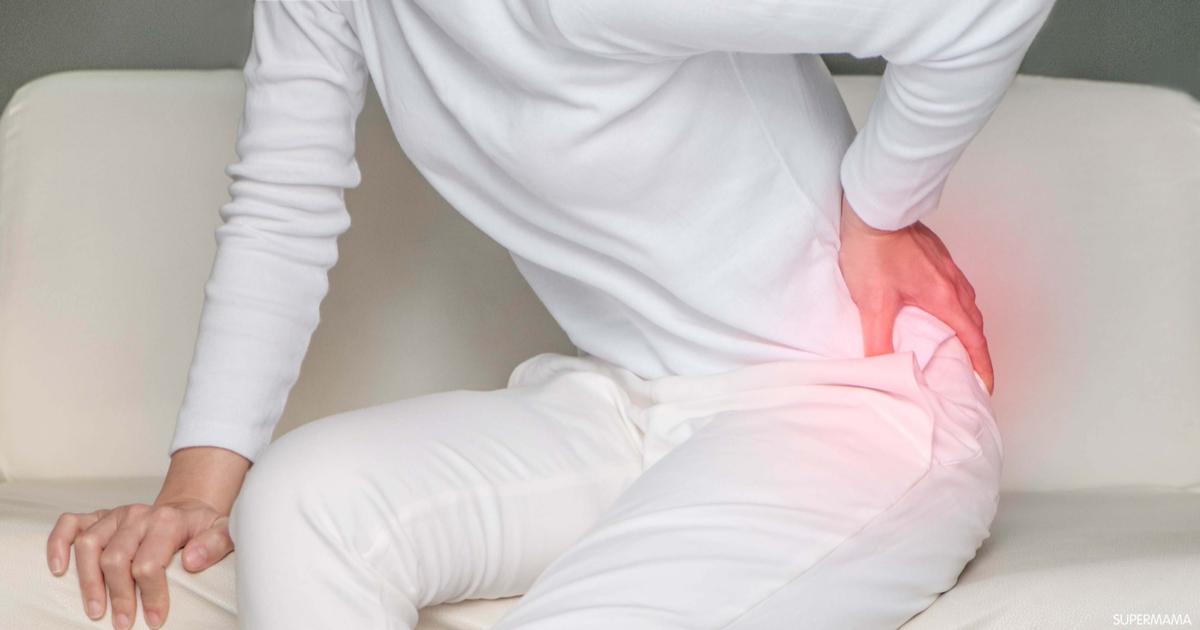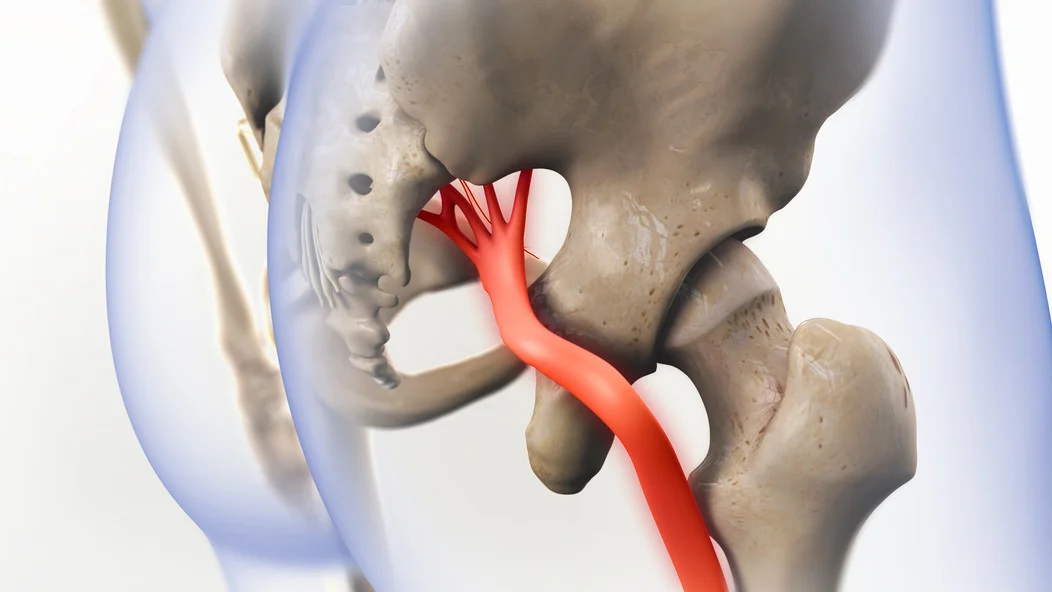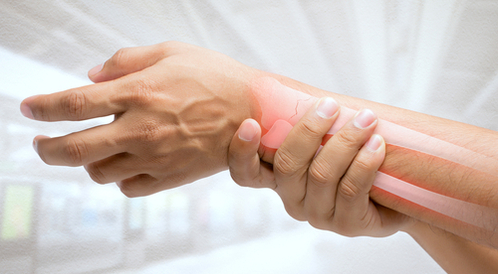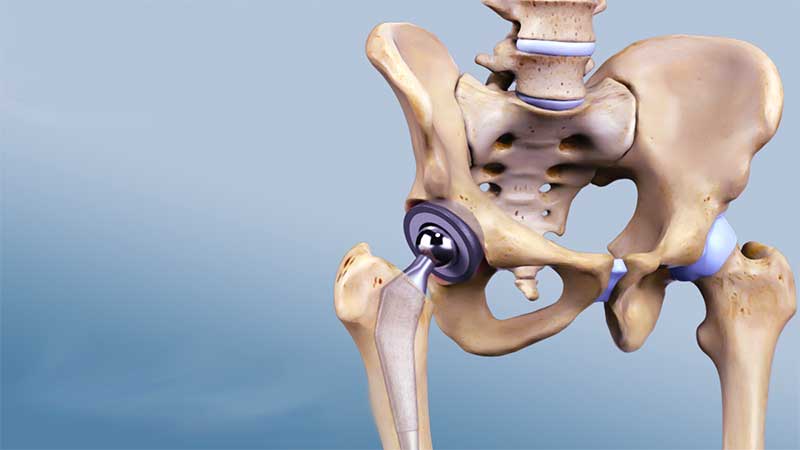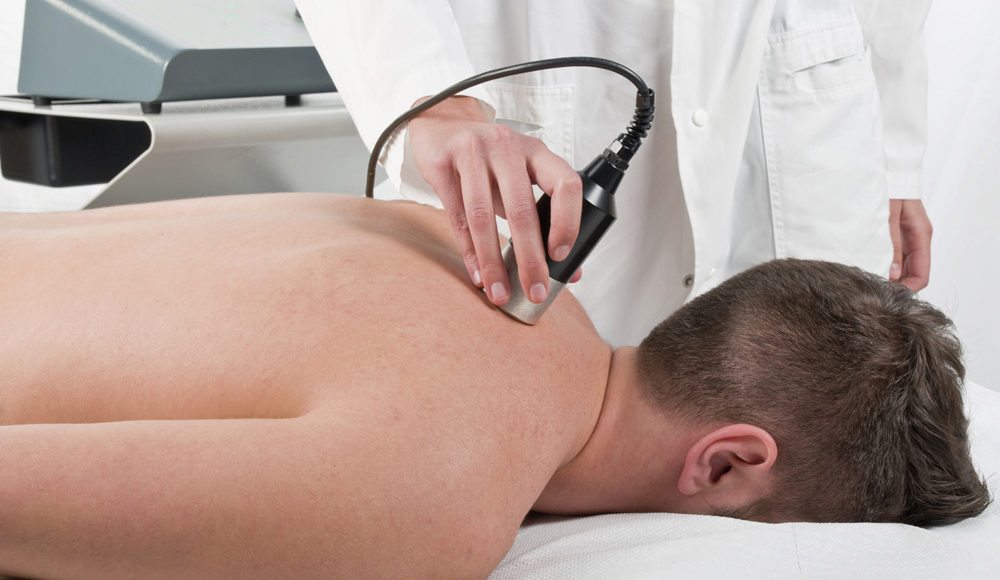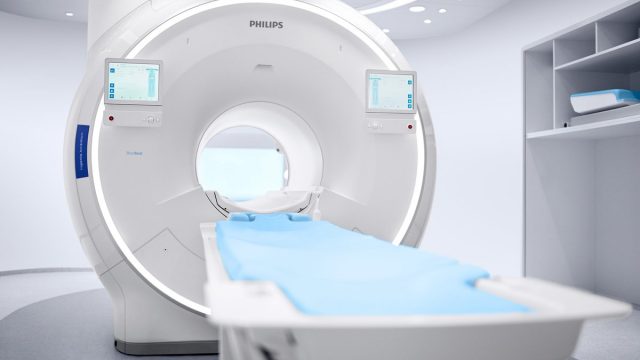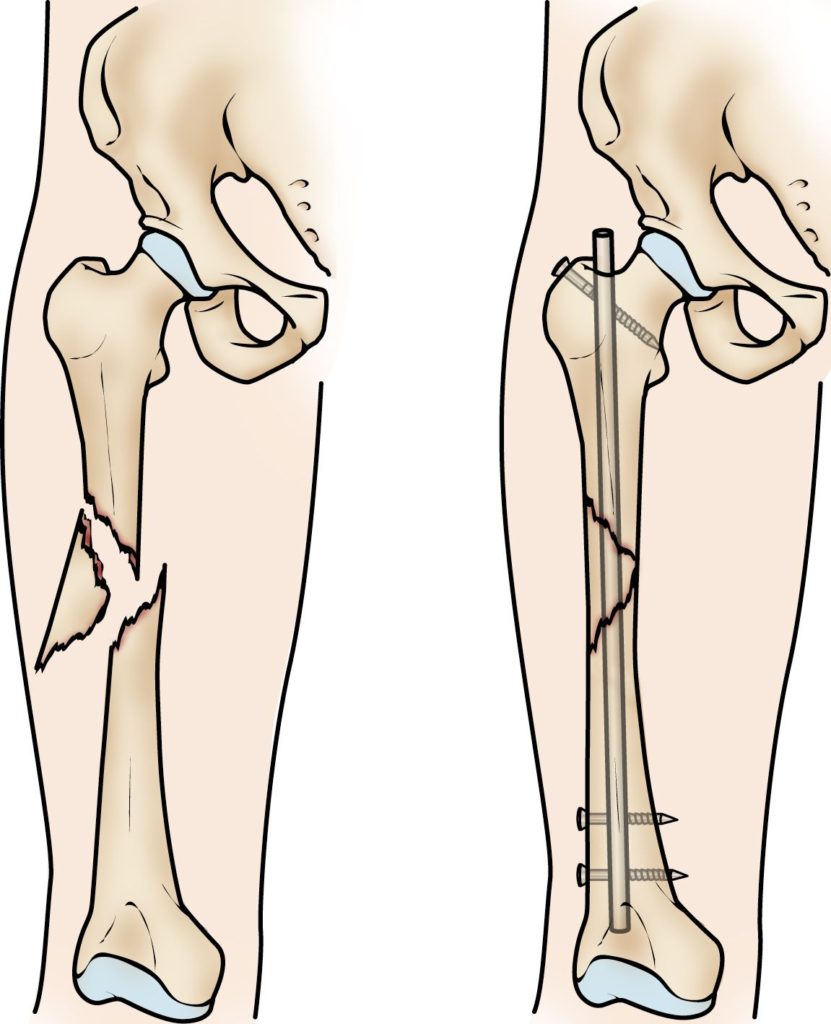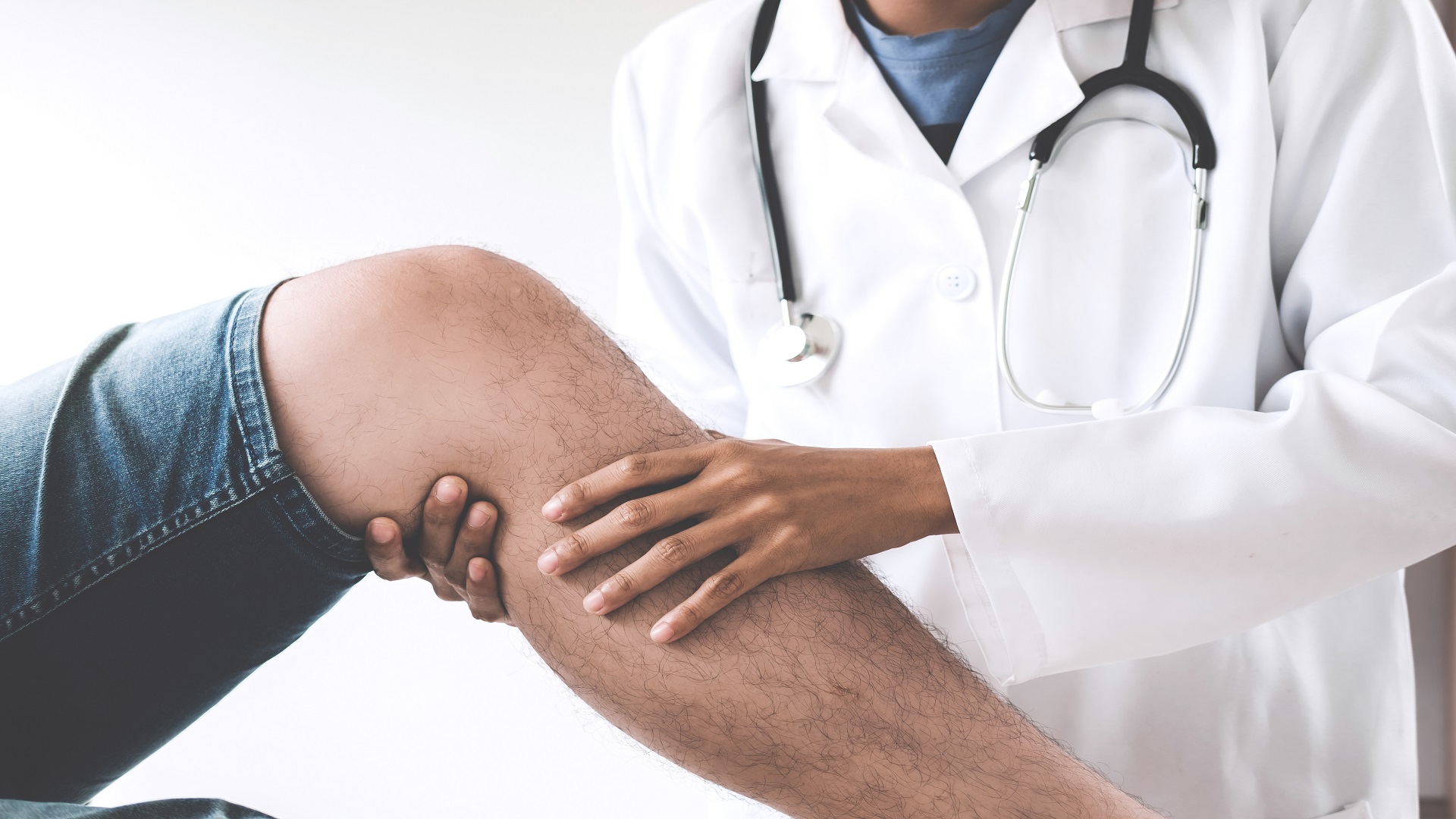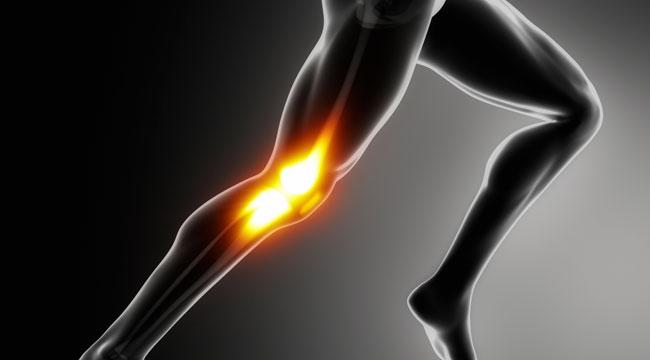Learn about the treatment for back pain and which herbs can alleviate its severity.
Back Pain Treatment
Back pain is a common problem experienced by many people worldwide. Several factors can contribute to the development of this pain, such as prolonged sitting in front of a computer, excessive back strain, and improper physical activities. Fortunately, there are several methods that can be used to treat back pain. In this list, we will discuss five effective ways to address this painful issue:
- Medical Treatment: Prescription medications from a doctor can help relieve pain and reduce inflammation in the affected muscles and tissues. It is important to consult a physician before taking any medication and avoid exceeding the prescribed dosage.
- Rehabilitation and Physical Therapy: This treatment involves various techniques, including rehabilitation sessions with a physical therapist and performing specific exercises to strengthen muscles and improve spinal flexibility. These exercises may include swimming, stretching, and core muscle strengthening.
- Heat and Cold Therapy: Heat and cold can be used to alleviate pain. Electric heating pads or heat belts can be used to apply heat to the painful area, which can help reduce muscle spasms and increase blood flow. Additionally, ice or cold packs can be used to reduce inflammation and numb the painful area.
- Massage: Massage can be an effective method for relieving back pain. You can use soothing essential oils such as lavender oil or castor oil during the massage. Massage helps improve blood circulation and alleviate muscle tension.
- Maintaining Healthy Weight and Exercising: Maintaining a healthy weight and engaging in physical activity may help strengthen muscles and improve spinal alignment. Health authorities recommend regular exercise such as brisk walking or cycling for at least 30 minutes a day.
These methods are important steps in treating back pain. However, it is essential to consult a doctor if the pain persists or worsens to assess the condition and determine the next steps for treatment.
How to Treat Back Pain at Home?
Back pain is a common issue that many people experience. The causes of pain can include arthritis, improper body posture while sitting, standing, or sleeping. If you are suffering from back pain and are looking for ways to alleviate it at home, the following solutions may be helpful:
Cold and Hot Packs: Use Ice Packs: Place a bag of ice or ice-cold water in a towel and apply it to the painful area for 15-20 minutes several times a day. Cold helps reduce inflammation and spinal swelling. Use Heat Packs: Place a moist, warm towel on your back for 15-20 minutes several times a day. Heat helps alleviate pain and dilate blood vessels to improve blood circulation.
Exercise: Perform Core Strengthening Exercises: Engage in exercises to strengthen the abdominal, back, and hip muscles. You can use stability balls or resistance bands and perform exercises like sitting on a chair and lifting legs or lying on your stomach and raising your body using your hands. Stretching Exercises: Gently stretch the back, thigh, and hip muscles. Hold the position for 20-30 seconds and repeat the process several times.
Proper Positioning: Use Supportive Pillows: Place comfortable pillows that support the back area when sitting or sleeping. You can put a small pillow under your knees when sleeping on your back, or a small pillow in the gap between your knees when sleeping on your side.
Medication: Use Over-the-Counter Pain Relievers: You can use non-steroidal anti-inflammatory drugs (NSAIDs) like aspirin or ibuprofen to alleviate pain. Use Topical Creams: Topical pain-relieving creams such as heating creams or camphor creams can be applied to the affected area.
Maintain Good Body Posture: Sit Properly: Ensure good back support when sitting, and try to sit on a chair that provides support for your spine. Lift Objects Correctly: When lifting heavy objects, bend your knees and not your back.
It is important to consult a doctor if the pain persists for an extended period or worsens. You may need professional treatment if the pain is due to chronic spinal issues.
What is the Treatment for Back Pain in Women?
Back pain is a common problem that affects many women. Although there are several causes of back pain, there are many treatments that women can use to alleviate pain and improve their overall condition. Here are some important treatments for back pain in women:
Self-Care Measures: Rest: Taking some rest is recommended to alleviate pain, but it’s important to avoid prolonged bed rest, as it can lead to worsening of symptoms. Heat and Cold Therapy: Hot or cold packs can be used to warm or cool the affected area to relieve pain and inflammation.
Physical Therapy: Strength and Flexibility Exercises: Engaging in strength and flexibility exercises targeting the back and surrounding muscles can improve strength, flexibility, and reduce pain. Proper Movement Techniques: A physical therapist can teach you proper movement techniques to avoid exacerbating pain and strengthen your back.
Medical Treatment: Pain Relievers: Over-the-counter pain relievers like acetaminophen, ibuprofen, and naproxen can be used temporarily to alleviate pain. Herbal Remedies: Some herbs like ginger, turmeric, and boswellia can be used to relieve pain and reduce inflammation.
Complementary Treatment: Massage: Massage can help alleviate pain and improve blood circulation. Meditation and Relaxation: Practicing meditation and relaxation techniques can be beneficial in reducing stress and pain.
Remember to consult your doctor before taking any medication or starting a treatment program, as your doctor can evaluate your condition and determine the most suitable treatment for you.
What is the Treatment for Lower Back Pain Above the Buttocks?
- Rest and Relaxation: Some patients experiencing severe back pain and muscle spasms in the lower back are advised to rest in bed for a short period. Rest may help reduce pain and alleviate muscle tension.
- Using Ice and Heat: Applying ice to the painful area for 15-20 minutes and repeating it after intervals of rest is effective in reducing swelling and relieving pain. Afterward, heat, such as sunlight or a warm bath, can be used to alleviate muscle spasms.
- Simple Pain Relievers: Over-the-counter pain relievers that are available without a prescription, such as acetaminophen or ibuprofen, can be used to temporarily alleviate pain. However, it is advisable to consult a doctor before using any type of medication.
- Physical Therapy: Physical therapy includes treatments such as hydrotherapy, mobility improvement exercises, and ultrasound therapy. A specialized rehabilitation team collaborates with the patient to determine the most suitable treatment and guide them in the recovery process.
- Manual Therapy: Manual therapy includes techniques such as massage, nerve stimulation, and rehabilitative exercises. This can help alleviate muscle spasms and improve movement and flexibility in the painful area.
- Medication: In cases of severe and chronic pain, a doctor may prescribe some non-steroidal anti-inflammatory drugs (NSAIDs) like ibuprofen or muscle relaxants. Consultation with a doctor is essential before taking any type of medication.
- Surgical Treatment: In rare cases and when traditional treatments are not effective, a patient may undergo surgical treatment. Modern surgical techniques provide the possibility of removing herniated discs or stabilizing damaged vertebrae with screws or surgical discs.
It is always advisable to consult with a doctor before adopting any form of treatment and to avoid potential negative effects.
What Herbs Alleviate Back Pain?
Many people suffer from back pain at different times in their lives. As one ages, these pains may increase, but they can be alleviated using some beneficial natural herbs. In this report, we will explore the prominent herbs that help alleviate back pain and reduce inflammation.
- Ginger: Ginger is considered effective in relieving back pain and its inflammation. Green tea with ginger contains properties that help reduce back pain and inflammation. Additionally, you can replace cow’s milk with antioxidant-rich plant-based milk, which contributes to reducing and alleviating back pain.
- Pain Relievers: Some pain-relieving medications are useful in alleviating back pain and lower back pain. Medications like ibuprofen, naproxen, and diclofenac can help reduce inflammation and pain. Consultation with a doctor is recommended before using any of these medications.
- Pain-Relieving Cream: There are many creams available in the market for treating lower back pain. When choosing the right cream, it is recommended to look for products that contain ingredients that work to alleviate pain and reduce inflammation. Caution should be exercised, and the usage instructions should be followed carefully.
- Stretching Exercises: Stretching exercises and physical activity are beneficial in strengthening the back muscles and relieving pain. Examples of stretching exercises to alleviate back pain include yoga and general stretching. Regular exercise is advised, preferably under the supervision of a specialized trainer.
- Turmeric: Turmeric is a potent spice that helps reduce back pain. You can add more turmeric to your diet or take turmeric supplements, as turmeric contains anti-inflammatory properties.
Additional Tips:
It is recommended to sleep in a comfortable position and create suitable sleeping conditions, as sleep quality is an important factor in preventing back pain. You can try some personal measures such as gently massaging the back using soothing essential oils. Consultation with a doctor is necessary before using any herbs or natural supplements, especially if there is a significant medical history.
Many people experience back pain at various times in their lives. Some herbs and spices can help alleviate these pains, such as ginger and turmeric. Additionally, stretching exercises and getting good quality sleep are recommended. Before using any herbs or dietary changes, it is advisable to consult a doctor.
What Is the Cause of Sudden Back Pain?
Common back pain is among the symptoms that many people experience. Sometimes, sudden back pain may occur without knowing the true cause. In this article, we will take a look at the main reasons for sudden back pain:
- Sleeping in the Wrong Position: Sleeping in an incorrect position can be the cause of sudden back pain. When the head, neck, and spine are unstable during sleep, this can lead to muscle tension and tearing, causing pain.
- Using an Air Conditioner: Using an air conditioner for extended periods may lead to sudden back pain. Prolonged exposure to the cold air stream from the air conditioner can cause muscle and tendon contractions in the back.
- Incorrect Sitting Postures: Not sitting correctly can result in sudden back pain. When your posture is uncomfortable and incorrect while sitting, it can exert extra pressure on the spine and muscles, leading to pain.
- Lifting Objects Incorrectly: Lifting objects improperly and using the wrong muscles can also cause sudden back pain. It is best to use a supportive base and distribute the weight evenly on the body when lifting heavy objects.
- Sudden Intense Exercise: Engaging in intense and irregular physical exercises suddenly can be the cause of sudden back pain. When muscles and tendons are overloaded suddenly and excessively, it can lead to muscle tears and injuries.
- Nervous Stress and Psychological Pressure: Nervous stress and psychological pressure can affect the muscles and nerves in the back, leading to sudden pain.
It is essential to follow preventive measures to avoid sudden back pain, such as sleeping in the correct position, avoiding prolonged exposure to cold air streams, sitting correctly, lifting objects properly, exercising regularly and gradually, and managing stress and psychological pressure better.
In case the pain persists or worsens, it is advisable to consult a doctor to assess your condition and provide appropriate treatment.
Does Hot Water Treat Back Pain?
Back pain is a common health issue that many people experience. To achieve relief and alleviate pain, some people try using hot water bags or taking hot baths. In this text, we will explore the effectiveness of hot water in treating back pain and what doctors have to say about it.
Potential Benefits of Hot Water:
- Relaxation: Taking a hot bath or applying hot compresses to the back for an extended period is an effective way to soothe muscles and achieve overall relaxation in the body.
- Improved Blood Flow: Hot water helps dilate blood vessels, increasing blood flow to the painful back area and enhancing the necessary nutrients for healing.
Caution Regarding Excessive Heat:
- Increased Pain: Doctors recommend not using hot water when experiencing acute back pain. Excessive use of hot water may worsen the pain in some cases.
- Skin Sensitivity: Exposing the skin to high temperatures can lead to irritation and serious burns. Therefore, hot water should be used cautiously, and extreme temperatures should be avoided.
- Doctor’s Advice: Consult Your Doctor: Before using hot water as a means to alleviate back pain, one should consult a doctor to determine whether this treatment is suitable for their specific condition.
- Avoid Excessive Heat: Doctors advise against excessive use of heat when dealing with back pain. Moderate use of hot water may be more effective and safer.
In conclusion, the use of hot water for treating back pain should be done under the guidance and approval of a specialized doctor. It may be helpful in some cases, but it should be avoided in certain cases of acute pain. Consult your doctor for a proper diagnosis of your condition and the appropriate treatment.
Are Ice Packs Helpful for the Back?
Back pain is a common and bothersome issue that can negatively impact the daily lives of many people. When experiencing back pain, some individuals may turn to home remedies such as ice packs or heat to alleviate their discomfort. But are ice packs truly helpful for the back? Here, we provide some tips and guidelines on using ice packs for the back.
Before getting started, it’s important to ensure that the back pain you’re experiencing is not the result of a serious injury or chronic condition. In cases of severe or persistent pain, it is advisable to consult a specialized doctor for an accurate diagnosis.
Benefits of Using Ice Packs for the Back:
Reducing Inflammation: Ice packs can help reduce inflammation and swelling in the back area when applied within the first 24 hours of experiencing symptoms. It’s recommended to place ice in a plastic bag and wrap it in a thick cloth before applying it directly to the skin. Pain Relief: Ice packs may provide relief from existing back pain by slowing down metabolic processes and reducing swelling in the affected area.
Important Points When Using Ice Packs:
Avoid placing ice packs directly on the skin without placing a thick dry cotton cloth in between. This is to prevent injuries due to extreme cold. It’s preferable to apply the ice pack for a duration ranging from 15 to 20 minutes, followed by an equal rest period before reusing it. Ice packs for the back can be used as needed, but it’s advised not to use them for extended or excessive periods, as this can lead to skin irritation or cold-related injuries.
In general, using ice packs for the back is considered a simple and effective method for pain relief and swelling reduction. However, it’s essential to follow the mentioned guidelines and discontinue use if any adverse effects or symptom exacerbation occur. If the pain persists or worsens, consult a specialized doctor for an accurate diagnosis and appropriate treatment.
Does Cold Weather Cause Lower Back Pain?
Lower back pain can be bothersome and can affect mobility and overall quality of life. While there are multiple causes of lower back pain, cold weather can indeed be a contributing factor. In this article, we will discuss cold weather as a potential cause of lower back pain and how to address it.
Exposure to Cold: Exposure to extremely cold weather without wearing appropriate heavy clothing can irritate the muscles and tendons in the lower back, leading to pain. It is always advisable to wear warm clothing during cold weather and avoid direct exposure to the cold.
Severe Cold-Related Pain:
Severe colds can affect the bones and tissues in the body. Some people may experience severe symptoms, including bone pain, such as lower back pain. Taking necessary precautions to prevent colds, such as regular handwashing, eating a healthy diet, and avoiding direct contact with people who have colds, can reduce the chances of experiencing lower back pain.
Other Causes of Pain:
There may be other causes of lower back pain, such as injury, muscle strain, or joint inflammation. It is important to consult a doctor for a proper diagnosis and determine the appropriate treatment based on the underlying cause of the pain.
Treatment should be carried out according to the recommendations of the treating physician. However, there are some general measures that can be followed to alleviate cold-related lower back pain, including:
- Cold and Hot Compress: Cold and hot packs can be used to relieve pain. Applying an ice pack to the painful area for 15-20 minutes several times a day can help. Afterward, a hot pack or warm shower can be used to relax the muscles and improve blood circulation.
- Rest and Regular Physical Activity: Rest is recommended to allow the body to recover. However, prolonged complete rest should be avoided, as gentle movements like light walking can promote blood flow and improve overall knee health.
- Rehabilitation Exercises: Rehabilitation exercises can have a positive impact on muscle and tendon pain. The doctor may recommend a set of appropriate rehabilitation exercises to target affected muscles and improve back strength and flexibility.
Remember that consulting a specialist doctor is the first step in diagnosing and treating lower back pain. You should always consider cold prevention and maintain a healthy lifestyle to avoid cold-related lower back pain.
What Are the Types of Back Pain?
Back pain is a common issue that affects many people. Back pain can be categorized into several different types, and understanding the source of the pain can help determine the appropriate treatment. In this list, we will explore some common types of back pain:
- Muscle and Tension Pain: This type of back pain includes muscle spasms and tension. Prolonged sitting or muscle strain during exercise can be the cause. Massage, meditation exercises, or relaxation exercises may have a positive effect in reducing this type of back pain.
- Arthritis: Arthritis can cause chronic pain in the back area. Joint degeneration and damage can result in pain that worsens with movement. Treatment ranges from non-steroidal anti-inflammatory medications to physical exercises that strengthen the muscles around the affected joints.
- Herniated Disc: When the cartilage disc between spinal vertebrae is damaged, it can lead to back pain. The affected person may experience sharp pain radiating down the leg, accompanied by muscle weakness or numbness. In advanced cases, surgery may be required.
- Nerve Pain: Nerve pain occurs when nerves responsible for transmitting pain signals to the brain are affected. The pain can be sharp and severe, accompanied by tingling or numbness in the back and leg. Treatment includes pain relief and restoring the function of damaged nerves.
- Psychosomatic Back Pain: Back pain may be caused by psychological factors such as anxiety and depression. Psychological stress affects muscles and nerves and can cause severe back pain. Treatment includes psychological interventions and cognitive-behavioral therapy.
In summary, back pain can have multiple and diverse causes. If you are suffering from chronic back pain, it is important to consult a doctor to assess your condition, identify possible causes, and prescribe appropriate treatment. Treatment may include physical therapy, medication, and additional tests as needed.


